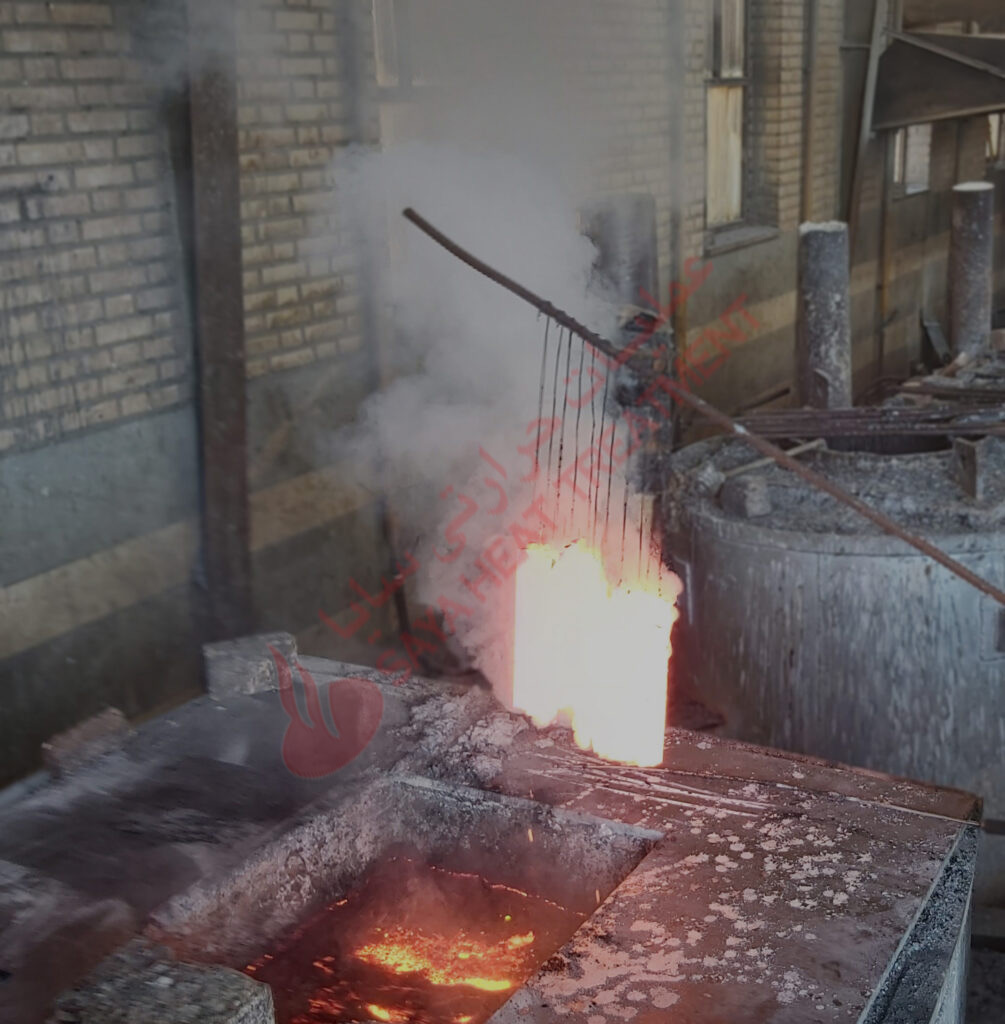Annealing heat treatments are designed to soften tool steel microstructures, primarily for the machining stages of manufacture, but also to provide microstructural uniformity for subsequent hardening heat treatments. The softening demonstrates the great versatility of carbon-base tool steels, which can be sequentially heat treated to produce machinable annealed microstructures with very low hardness followed by hardening to essentially unworkable microstructures of very high hardness. Although many tool steels may not be normalized, almost all tool steels are subjected to annealing.
Very slow rates of furnace cooling from the annealing temperatures, from 8 to 22 °C/h (14 to 40 °F/h) depending on steel composition are also a necessary part of annealing. When a steel cools to 500°C (930 °F), essentially all transformation is completed, and air cooling can be used to bring the steel to room temperature. Controlled-atmosphere furnaces, salt baths, and vacuum furnaces used to protect tool steels from oxidation and decarburization during annealing.
The microstructural objective of annealing is to produce dispersed, spherical carbides in a matrix of ferrite grains, a microstructure that is highly machinable compared to other microstructures formed in tool steels. Ferrite has low strength, and the continuous ferrite matrix easily deforms.

